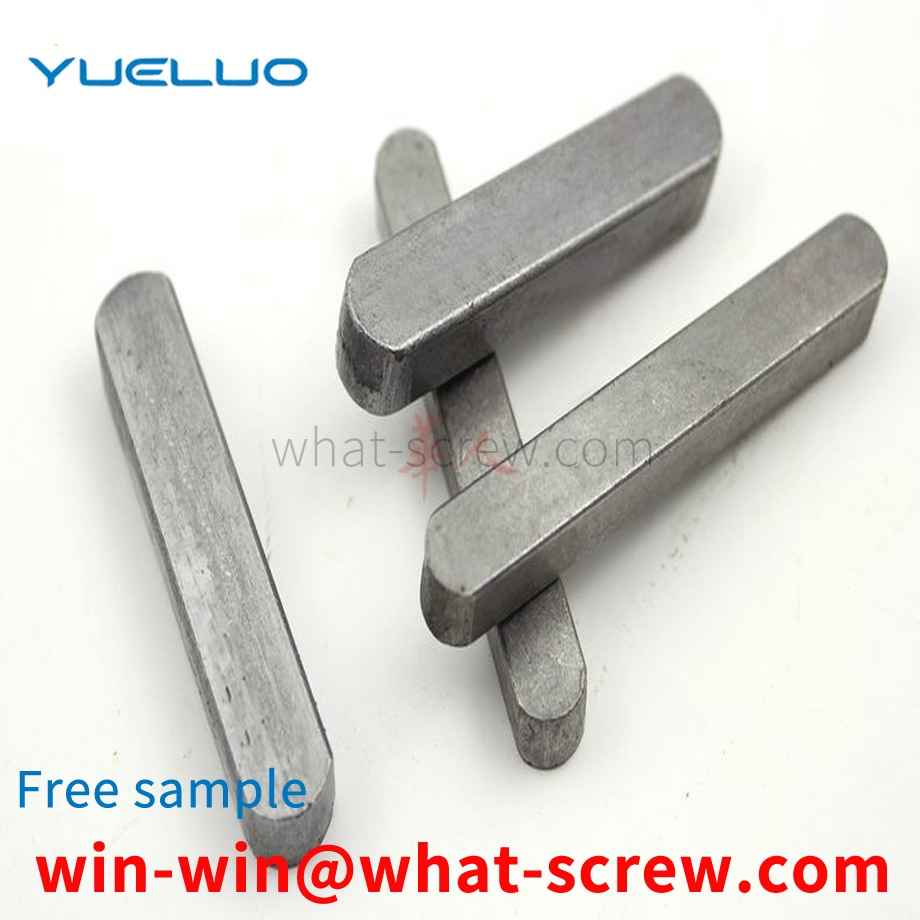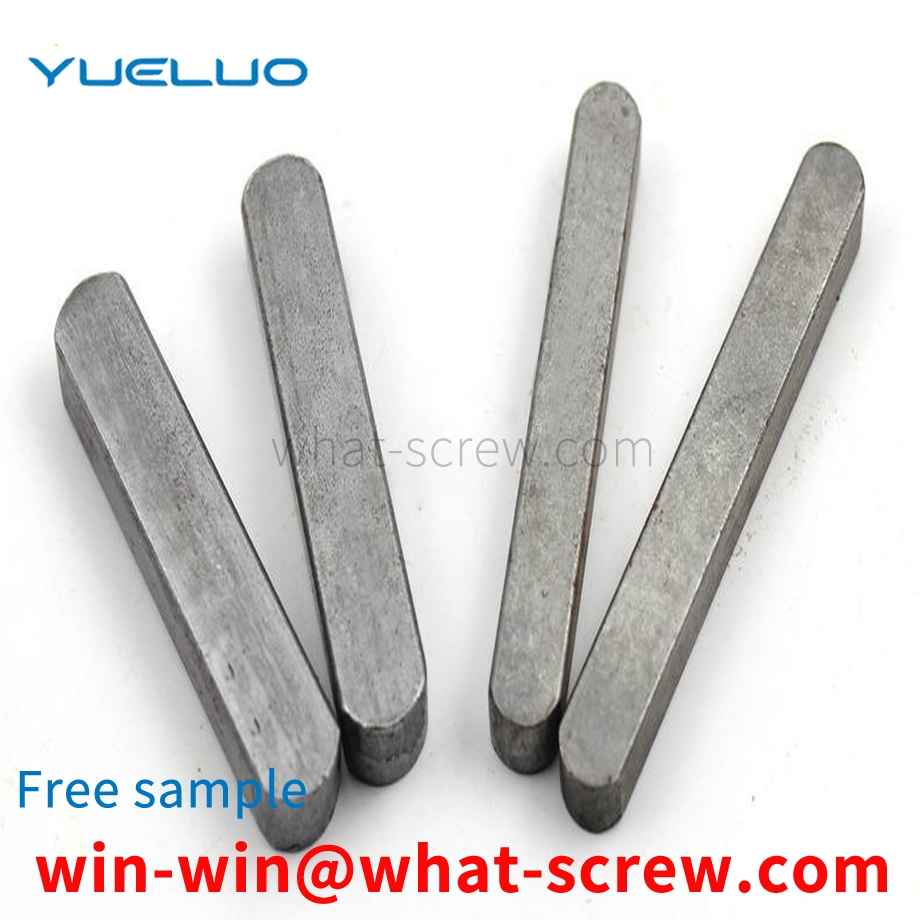When the tightening effect is achieved by the nut, it is often necessary to use a wrench to fix the nut or turn the nut to achieve the fixing effect. During the use process, the size of the nut is fixed, so it is necessary to use the corresponding type of wrench and the corresponding nut. In the tightening operation, during the installation process, the size of the wrench is large, that is, the nut cannot be manipulated, and it takes time to find a suitable wrench, which is inefficient.
Slotted round nut, side hole round nut, end face hole round nut, small round nut round nut, ring nut, wing nut copper nut, inlaid copper nut, knurled copper nut, embedded copper nut, injection copper Nuts and other alloys zinc-copper alloy nuts and other anti-loosening principles Edit the locking nut The locking nut DIC-LOCK locking nut is composed of two parts, each part has a staggered cam, due to the internal wedge design, the slope angle is greater than the bolt's The angle of the nut, the combination is tightly integrated into a whole. When vibration occurs, the raised parts of the DIC-LOCK locknut stagger with each other to generate lifting tension, thereby achieving the anti-loosening effect.
In the prior art, after the screw is screwed into the workpiece, rust inhibitor is dripped on the edge of the screw to prevent rust in the later stage, but this traditional dripping method of rust inhibitor often produces rust inhibitor during the dripping process. Difficult to penetrate, or the problem that the anti-rust oil cannot penetrate due to the tight contact between the screw thread and the thread groove. In terms of material saving, the traditional anti-rust of screws often causes a lot of waste of anti-rust agent, and cannot achieve a good anti-rust effect of screws.
Self-tapping screws, or quick-thread screws, are quick-release fasteners made of steel that are galvanized and passivated on the surface. Self-tapping screws are mostly used for the connection between thin metal plates (steel plates, saw plates, etc.). When connecting, first make a threaded bottom hole for the connected piece, and then screw the self-tapping screw into the threaded bottom hole of the connected piece.
When the iron pot is manufactured, the iron head is connected to the iron pot body through rivets, and then the pot handle is set through the iron head, and the iron head connects the pot handle and the iron pot body together. However, when the iron head is installed, the position may be inaccurate. At this time, it is necessary to remove the rivet and reinstall the iron head. At present, the removal of rivets is completely done manually, that is, workers use screwdrivers to unscrew the rivets, which is difficult to remove, wastes a lot of manpower, and has low work efficiency, thereby reducing production efficiency.
We have many years of experience in the production and sales of screws, nuts, flat washers, etc. The main products are: fan screws, handle ball nuts, equal-head double-head screws, ingot butterfly screws and other products, we can provide you with suitable fasteners for you solution.



















 Service Hotline
Service Hotline




